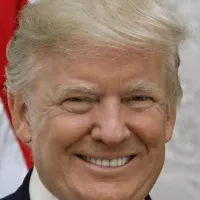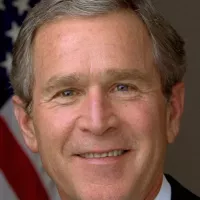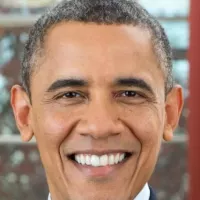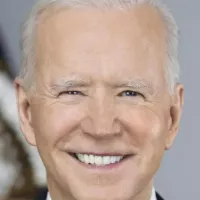Executive orders in the United States are directives issued by the President to manage the operations of the federal government. Rooted in Article Two of the Constitution, these orders leverage the President's executive and enforcement authority, allowing discretion in law enforcement and management of the executive branch. While the President issues them, their legal basis lies in constitutional or congressional law. Federal agencies typically propose executive orders before the President issues them.
January 2009: Obama revokes Executive Order 13233
In January 2009, President Barack Obama revoked Executive Order 13233, which had been issued by President George W. Bush in 2001 and restricted public access to the papers of former presidents.
January 28, 2017: Federal Court Stays Part of Trump's Executive Order
On January 28, 2017, a federal court stayed part of President Donald Trump's executive order Protecting the Nation from Foreign Terrorist Entry into the United States, which temporarily banned entry to the US of citizens of seven Muslim-majority countries, including for permanent residents.
June 26, 2018: Supreme Court Upholds Trump's Executive Order in Trump v. Hawaii
On June 26, 2018, the US Supreme Court overturned the lower court order in Trump v. Hawaii and affirmed that the executive order was within the president's constitutional authority.
2021: Biden issues 42 executive orders
In 2021, President Joe Biden issued 42 executive orders in the first 100 days of his presidency, more than any other president since Harry Truman.
April 16, 2025: Trump issued 124 executive orders in 86 days.
As of April 16, 2025, Donald Trump surpassed Franklin Roosevelt (who issued 99 executive orders in his first 100 days in office); Donald Trump had issued 124 executive orders in just 86 days in office.
Mentioned in this timeline

Donald John Trump is an American politician media personality and...

George W Bush the rd U S President - is...
The United States of America is a federal republic located...

Barack Obama the th U S President - was the...

Joe Biden a member of the Democratic Party served as...
Hawaii is a U S state located in the Pacific...
Trending
1 month ago Prince George's Royal Debut: Joins Kate, King Charles at Remembrance Festival.

A meteor shower is a celestial event where numerous meteors appear to radiate from a single point in the night...

2 months ago Michael J. Fox Reflects on 'Teen Wolf' and 'Back to the Future' in Memoir.
6 days ago Jeremy O. Harris, 'Emily in Paris' Actor, Arrested in Japan for Drug Smuggling
Maribel Guardia a Costa Rica-Mexican actress gained initial recognition as Miss Costa Rica and subsequently participated in Miss Universe She...

1 month ago Tucker Carlson faced criticism from Ben Shapiro amidst Heritage staff shakeup and antisemitism concerns.
Popular

Candace Owens is an American conservative political commentator and author...

XXXTentacion born Jahseh Dwayne Ricardo Onfroy was a controversial yet...

Ilhan Omar is an American politician currently serving as the...
Matt and Ross Duffer known as the Duffer Brothers are...

Tom Cotton is an American politician and Army veteran currently...
The Kennedy Center Honors are annual awards recognizing individuals and...